How Pool Design Impacts Swimmer Performance and Experience
A well-designed pool is more than just a body of water—it’s an environment carefully engineered to enhance swimmer performance, comfort, and safety. Whether it's a high-performance competition pool, a recreational facility, or a therapeutic swimming space, every detail of the design matters.
At Trisley’s Hydraulic Services, we’ve worked with aquatic centers and commercial pools across Australia, helping them optimise their pool design for different user needs. In this blog, we break down how depth, lane width, water flow, and other factors influence swimmer experience and overall pool functionality.
Competition Pools: Maximising Speed and Performance
Competitive swimmers rely on pools designed for speed, precision, and fairness. The smallest design choices can impact race times, endurance, and even world records.
Key Design Factors for Competitive Pools:
Optimal Depth for Speed: A pool depth of 2–3 meters minimises wave turbulence and allows swimmers to glide more efficiently. Shallow pools create more resistance and splashback, slowing swimmers down.
Lane Width and Anti-Turbulence Ropes: Wider lanes (2.5m or more) reduce interference from adjacent swimmers. Wave-dampening lane ropes help disperse turbulence, allowing for smoother strokes.
Water Temperature Control: Ideal competition water temperature is 25–28°C to prevent overheating while maintaining muscle efficiency.
Starting Block Design: Modern starting blocks include adjustable footrests and handgrips, improving launch speed and reducing reaction time at the start of a race.
Hydraulic Surge Control: Efficient water circulation prevents lane-to-lane disruptions caused by wave rebound and backwash. Advanced filtration and gutter systems help keep the water as still as possible between strokes.
Recreational Pools: Comfort, Accessibility, and Fun
Public and leisure pools need to accommodate a wide range of users, from casual swimmers to families with young children. The focus here is on comfort, safety, and usability.
Design Considerations for Recreational Pools:
Variable Depths for Different Users: Gradual entry zones, shallow play areas, and deep-water sections ensure accessibility for both beginners and experienced swimmers.
Gentle Water Circulation: Unlike competition pools, leisure pools benefit from slower-moving water to create a more relaxed experience.
Temperature Comfort: Recreational pools are typically heated to 28–30°C, ensuring comfort for swimmers who may not be as active as competitive athletes.
Safety Features: Zero-entry or beach-style access, handrails, and shallow lounging areas help ensure inclusive access for all ages and abilities.
Interactive Features: Water slides, play fountains, and lazy rivers enhance the fun factor while requiring careful hydraulic planning to balance water flow and pressure.
Therapy and Rehabilitation Pools: Supporting Recovery and Mobility
Hydrotherapy pools play a critical role in rehabilitation, offering a low-impact environment for injury recovery, arthritis relief, and strength training. Proper design ensures maximum therapeutic benefits.
Key Features of Therapy Pools:
Warmer Water Temperatures: Hydrotherapy pools are typically maintained at 32–36°C, promoting muscle relaxation and reducing joint stiffness.
Optimised Depths for Rehabilitation: A depth range of 1.2–1.5 meters allows patients to stand, float, and move freely while reducing body weight impact.
Gentle Water Circulation: Smooth, controlled flow prevents excessive resistance, making movement easier for individuals with mobility issues.
Underwater Jets and Resistance Systems: Adjustable water currents help with strength training and resistance exercises without straining muscles.
Non-Slip Flooring and Ramps: Ensuring easy entry and exit is crucial for accessibility and safety.
Optimising Your Pool Design with Trisley’s Hydraulic Services
At Trisley’s Hydraulic Services, we specialise in designing and maintaining pools for competition, recreation, and therapy. Our expertise ensures that your pool:
Meets the highest standards for performance and safety
Operates efficiently with minimal water and energy waste
Provides the best possible experience for all swimmers
Looking to improve your pool’s design or functionality? Our team can help you upgrade circulation systems, optimise depth configurations, and ensure your pool meets the needs of every swimmer.
Contact Trisley’s Hydraulic Services today for expert consultation on your next aquatic project!

